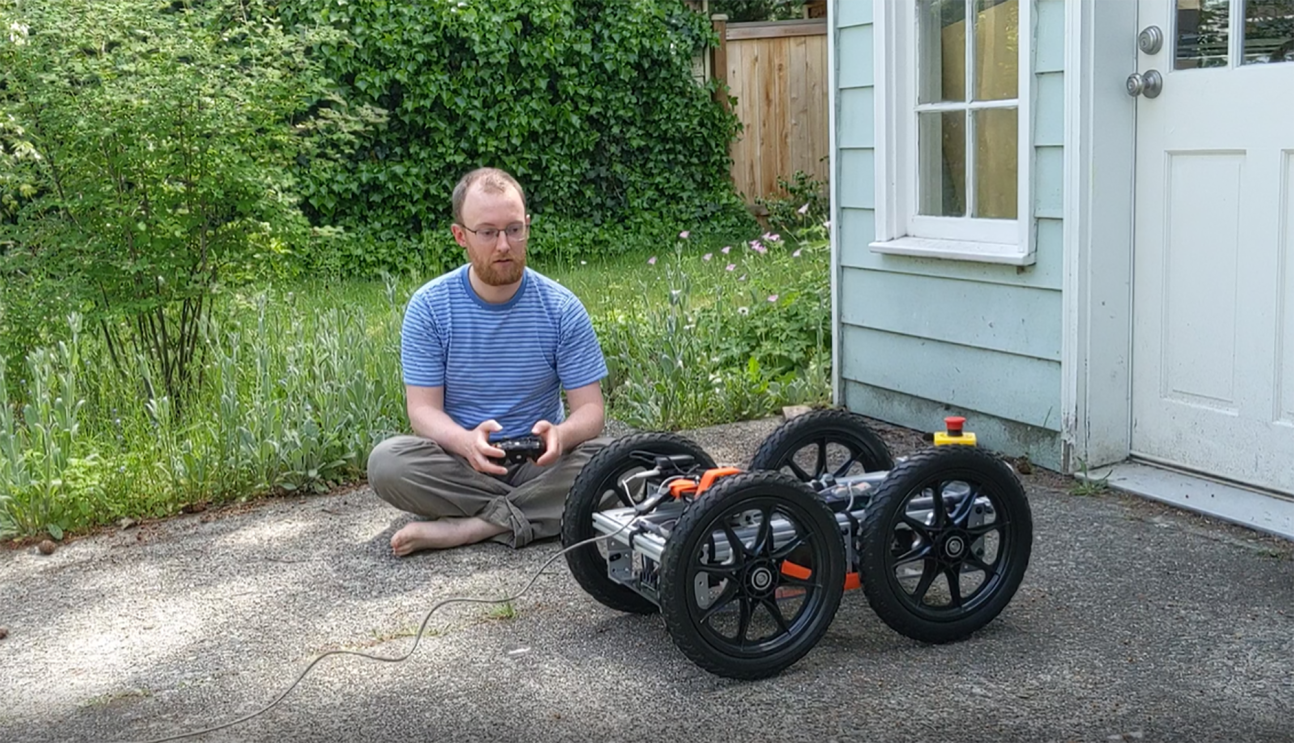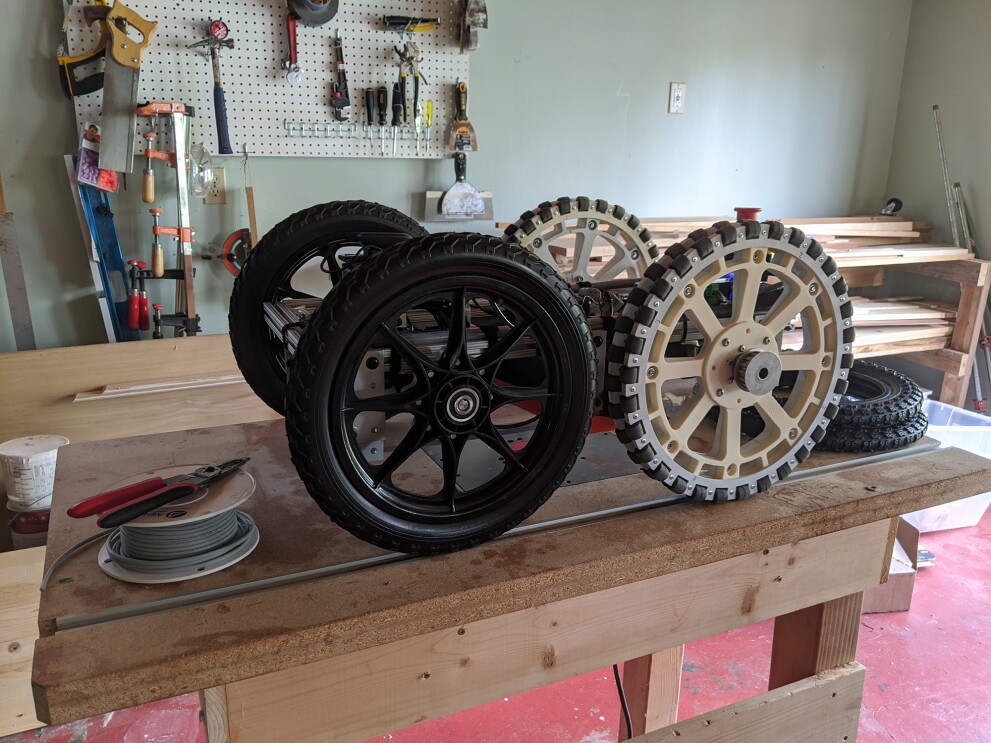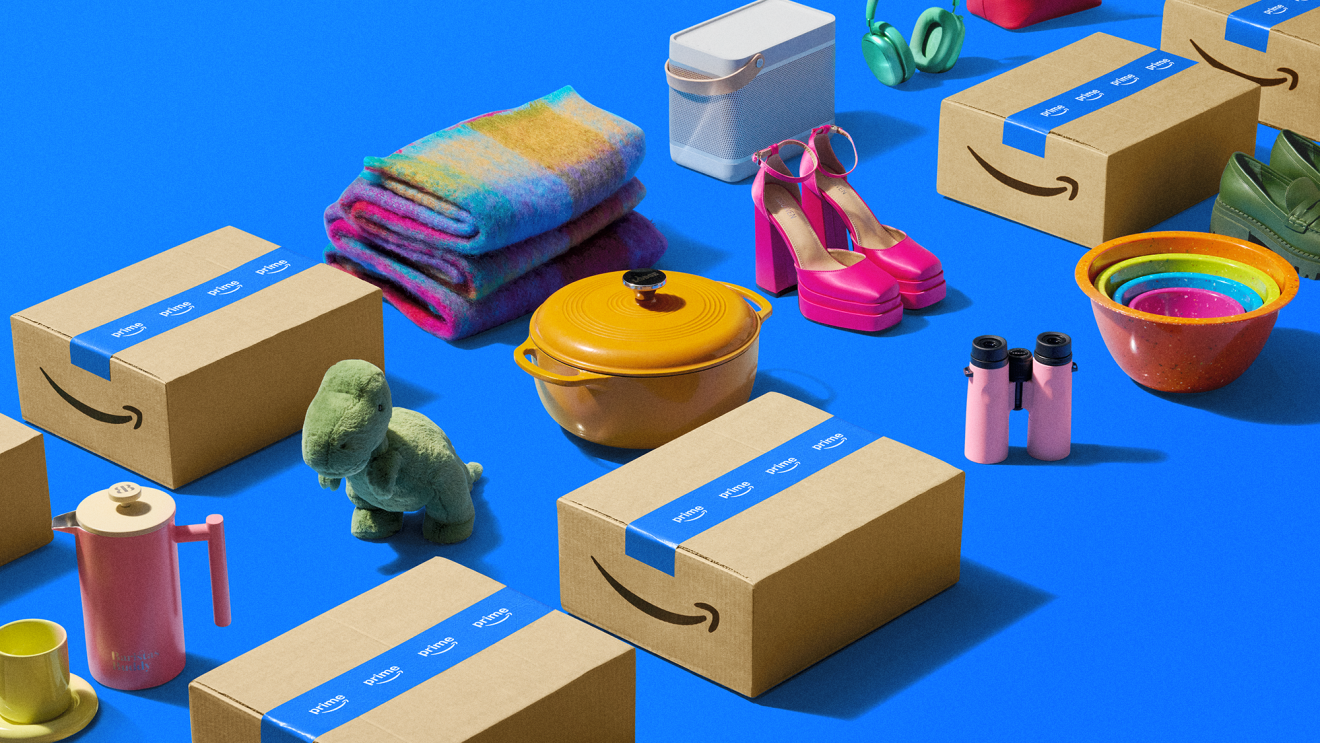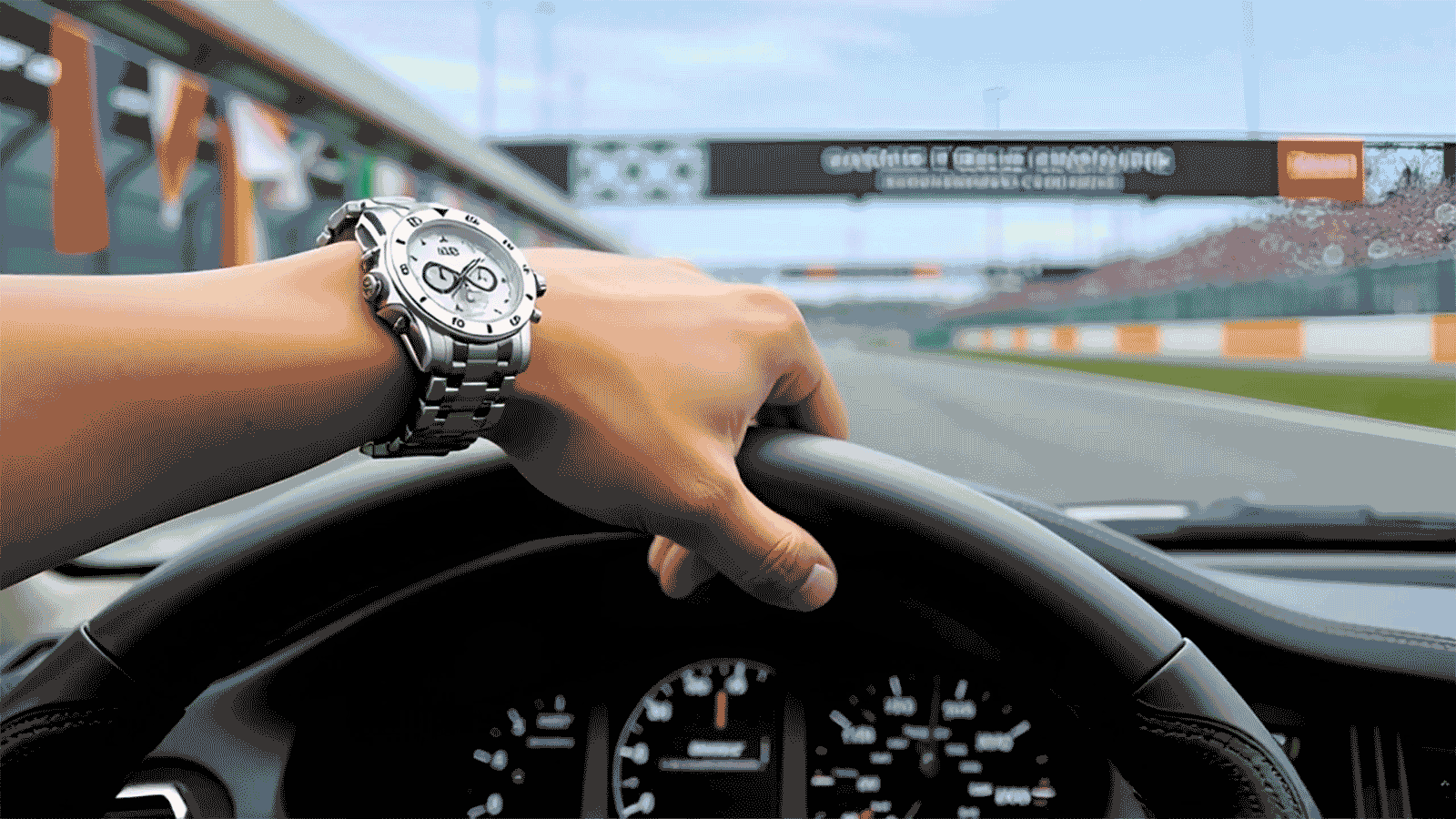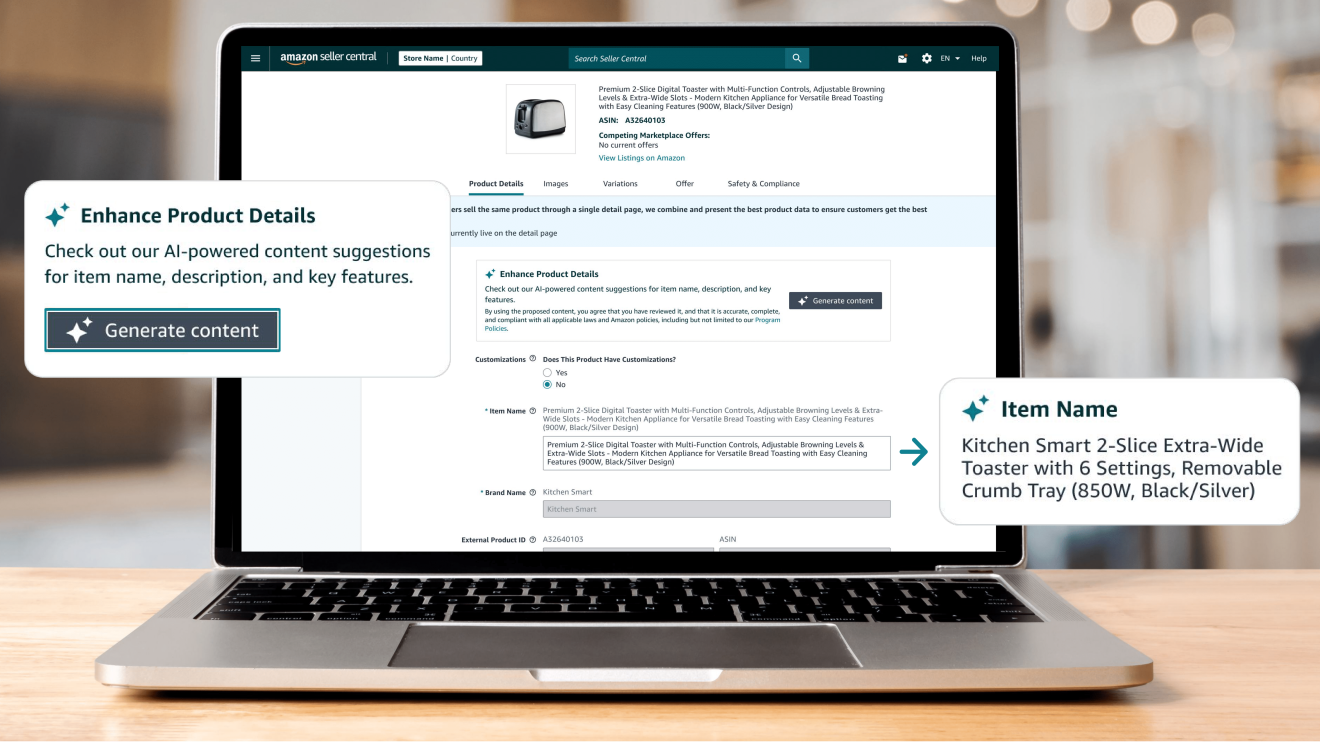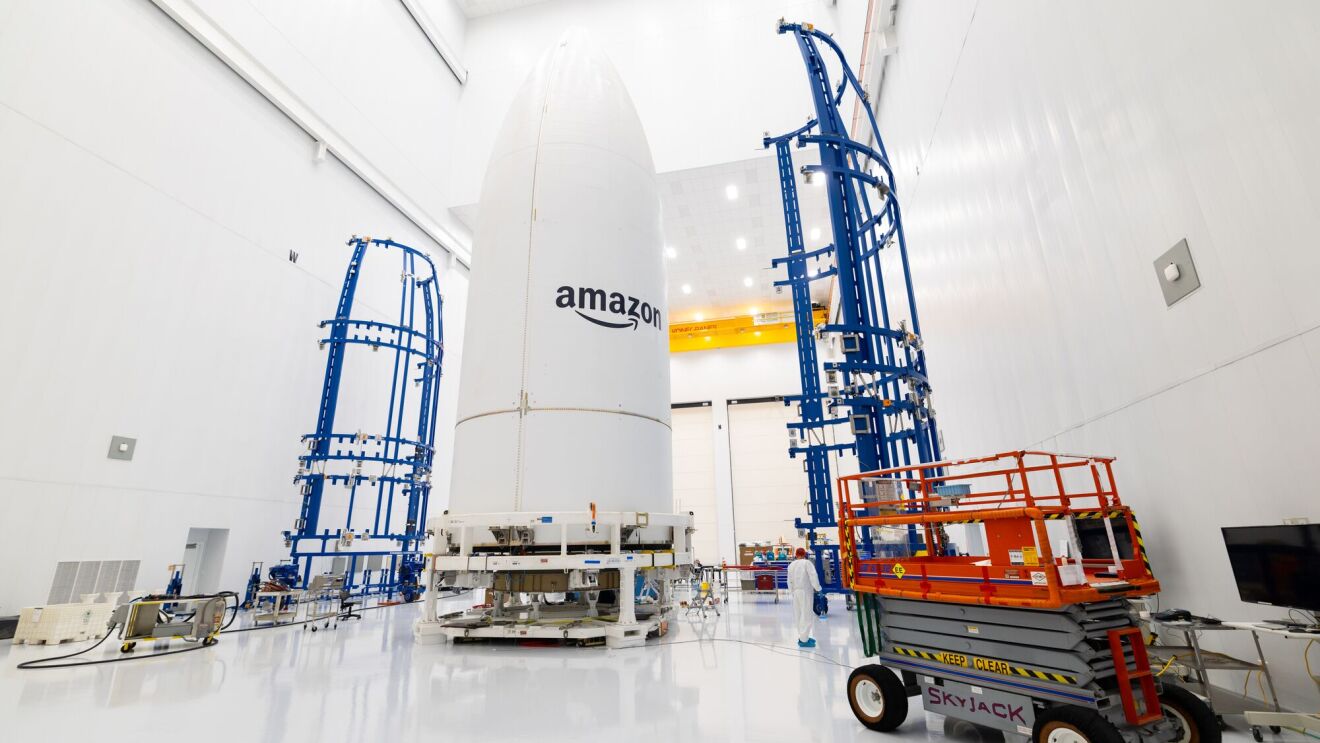Amazon is constantly innovating to support our employees, customers, and communities as effectively as possible. As our fulfillment and delivery teams have been hard at work supplying customers with items during the pandemic, Amazon's robotics team has been working behind the scenes to re-engineer bots and processes to increase safety in our fulfillment centers.
While some folks are able to do their jobs at home with just a laptop and internet connection, it's not as simple for other Amazon employees—like those who spend their days building and testing robots. Some engineers have turned their homes into R&D labs to continue building these new technologies to better serve our customers and employees. Their creativity and resourcefulness to keep our important programs going is inspiring. Here are a few of their stories.
Building autonomous mobile robots from a garage in Boulder, Colorado
Our Canvas robotics team in Boulder uses spatial artificial intelligence to create small autonomous carts that can move items through Amazon fulfillment centers to expedite the delivery of goods. By using state-of-the-art cameras and sensors, these self-driving carts perceive their continuously changing surroundings while computer vision allows them to adapt and self-direct their movement.
Our Canvas robotics team in Boulder uses spatial artificial intelligence to create small autonomous carts that can move items through Amazon fulfillment centers to expedite the delivery of goods. By using state-of-the-art cameras and sensors, these self-driving carts perceive their continuously changing surroundings while computer vision allows them to adapt and self-direct their movement.
In March, this team made final preparations in support of a stay-at-home order from the city. In just a day, they moved testing and manufacturing equipment and core operations from our combined office and lab space to several team members' homes. Then the magic really began—enabling them to build, test, calibrate, and validate fully functioning prototypes of our next generation autonomous carts from home.
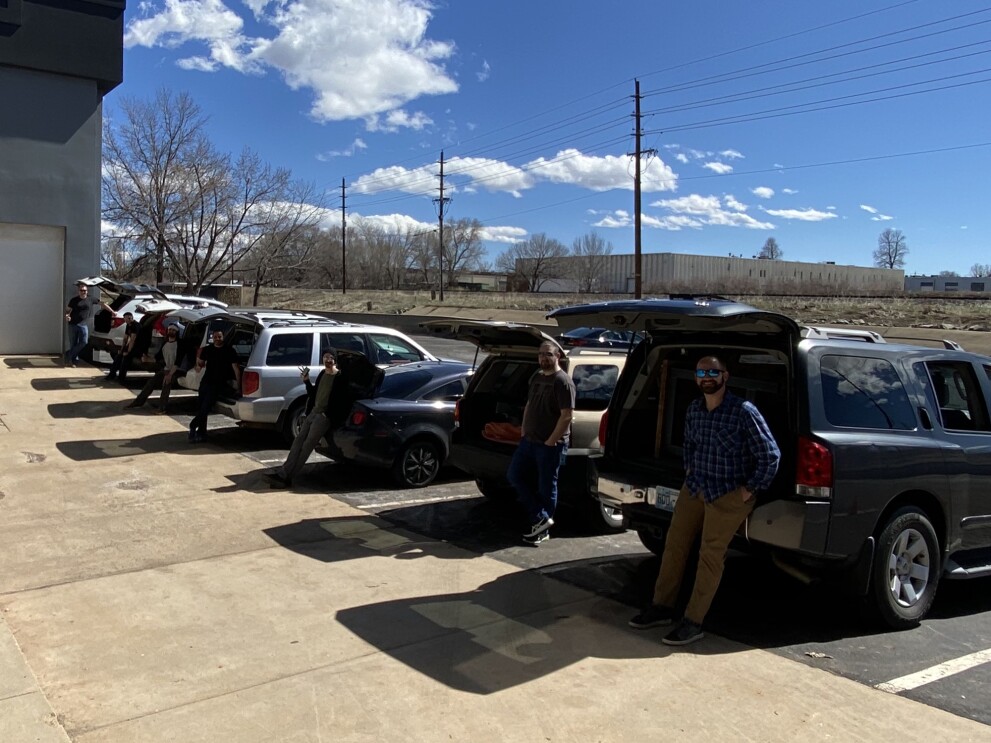 The team in Boulder loading up equipment to move it to their homes.
The team in Boulder loading up equipment to move it to their homes.Evan Snyder, a hardware support engineer, built the sub-components from a newly created work bench in his apartment living room. We all know what working from a laptop looks like but it has to be cool to see an oscilloscope out of its natural element.
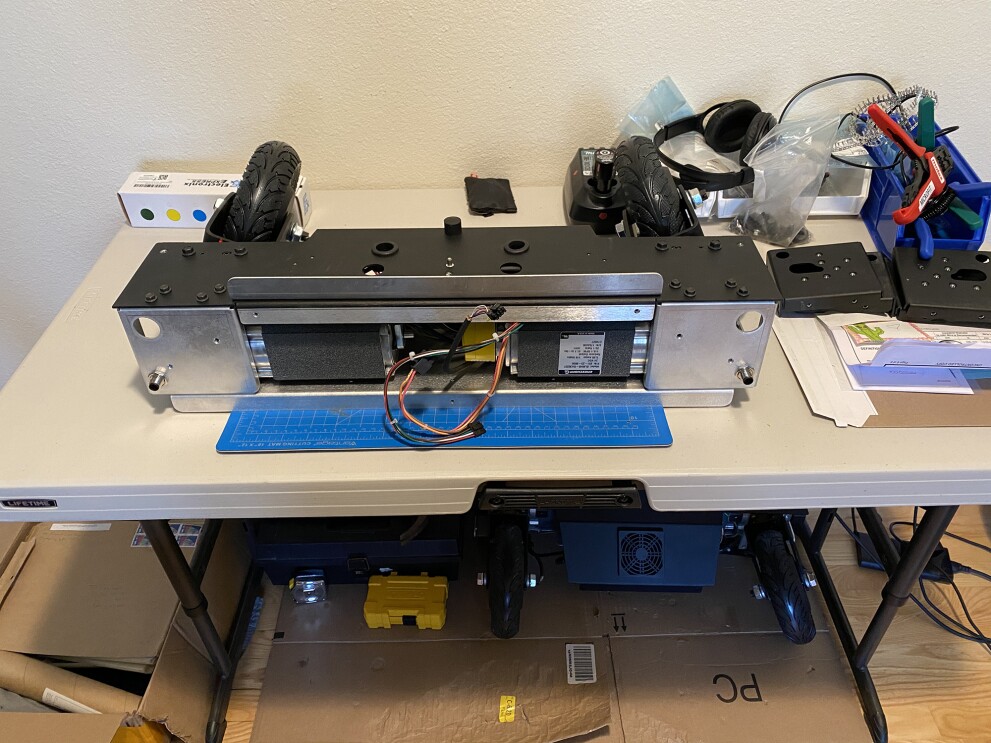 Workspace with an oscilloscope in Snyder's apartment.
Workspace with an oscilloscope in Snyder's apartment.Snyder then transferred the sub-assembly components to begin the full prototype build at the home of fellow Hardware Support Engineer, Mohamed Shanata. Within 24 hours from receiving the components, Shanata assembled a functioning autonomous cart in his garage, an outstanding feat outside of a lab. His three kids, Zeina, Nour, and Hamza loved watching their daddy build a robot from his new home workstation.
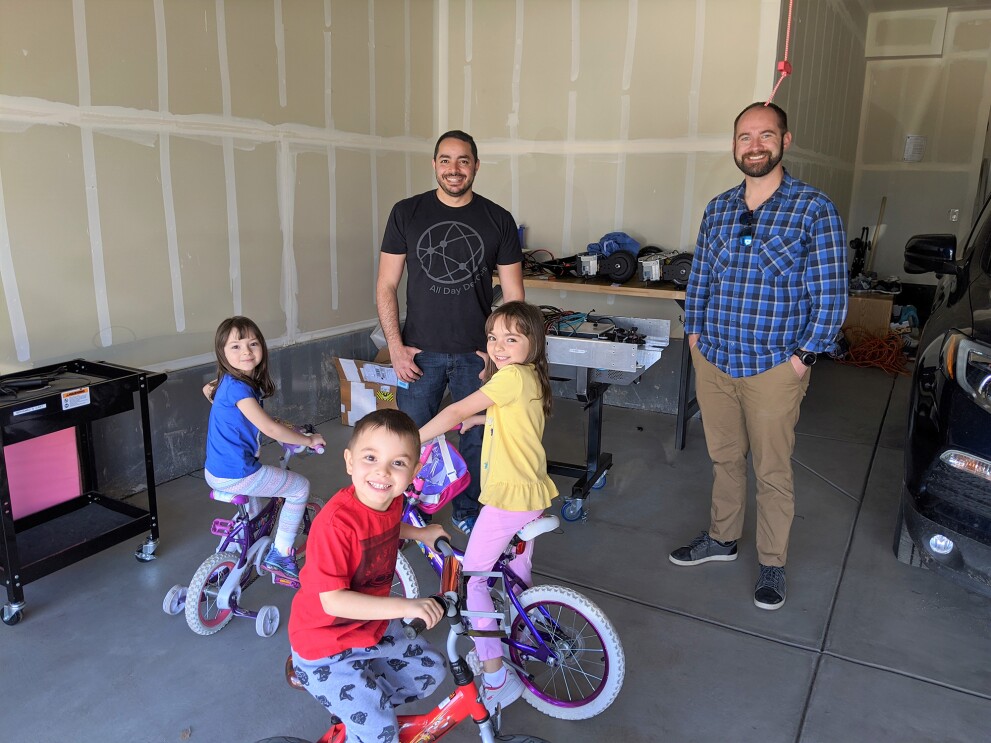 Shanata with his kids alongside his coworker, Matt Fedick, on set-up day.
Shanata with his kids alongside his coworker, Matt Fedick, on set-up day.Once the prototype was built, the robot was transported to the home of R&D technician, Noah Sharit, to implement and test the safety systems. From his garage, Sharit was actually able to improve on an early design of the safety system.
Finally, the robot arrived at the home of Fernando Nobre, a computer vision scientist who worked to improve the cameras by converting his garage into a calibration lab. Here, Nobre implemented the technical processes to calibrate the camera systems to enable a 3D reconstruction of the carts' surroundings—this way the cart could find its own path among conveyors, pallets of products and constantly moving equipment and people. Incredible work.
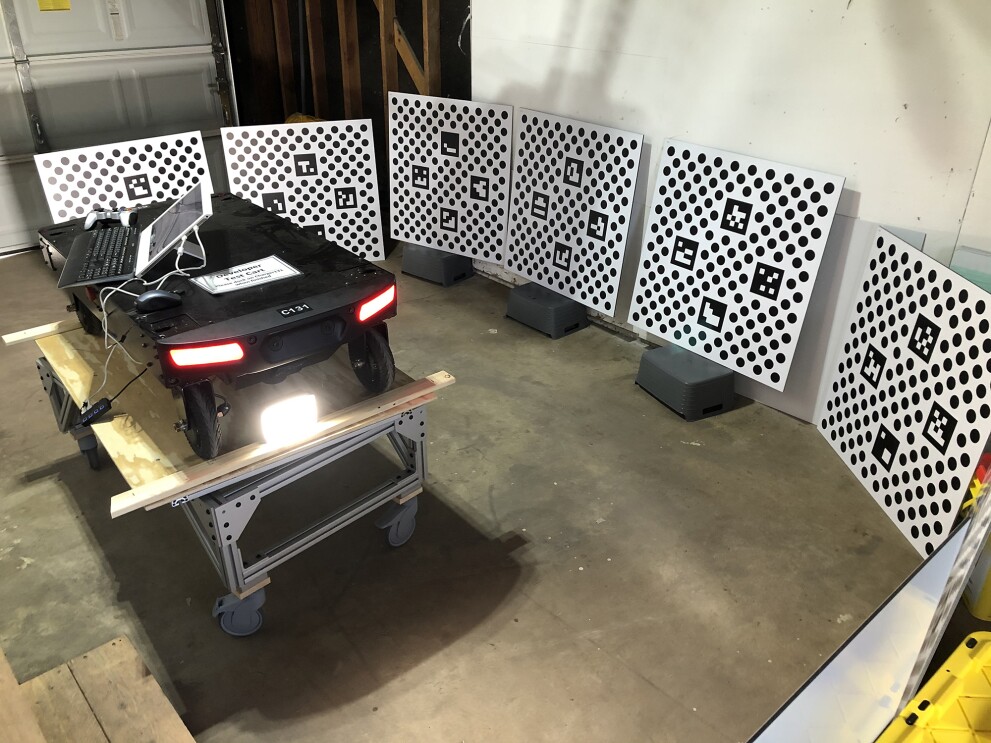 Calibration room and ice wall in Nobre's garage.
Calibration room and ice wall in Nobre's garage.All in all, six robots circulated through seven team member homes, with precautions taken like disinfection on each transition. As our autonomous carts become more common across Amazon Operations, we will look back and remember the early innovations that came to life through these employees and their commitment to continue inventing in their Colorado garages.
Building the next gen Scout delivery bot in a Seattle garage
More magic at home is happening on our Scout delivery bot service. A fully-electric delivery system, Amazon Scout, safely gets packages to customers using autonomous delivery devices. We're constantly thinking through how our Scout devices will integrate into the neighborhood and delight customers. As our first generation bots are making deliveries to homes in a handful of neighborhoods now, our team is working on developing the next gen bot from their own homes in Seattle.
More magic at home is happening on our Scout delivery bot service. A fully-electric delivery system, Amazon Scout, safely gets packages to customers using autonomous delivery devices. We're constantly thinking through how our Scout devices will integrate into the neighborhood and delight customers. As our first generation bots are making deliveries to homes in a handful of neighborhoods now, our team is working on developing the next gen bot from their own homes in Seattle.
One of our mechanical engineers, Jeff Gorges has been doing some of the engineering prototyping from his home garage. In March, he transformed his garage into an R&D lab of motors and wheels—as he said, "Finally a good excuse for organizing my garage." In between trading shifts with his wife to care for his 1-year-old daughter, he spent working hours iterating on the bot from his garage workbench. When the weather cooperated, he took the bot for a spin around the back patio to test the updated drive train.
01 / 02
Over the last few months, he's assembled and debugged this next gen prototype all from his home. As Scout rolls further into the future, delivering smiles to more homes, we'll remember Gorges's home and its important role in Scout's history.
Interns have the opportunity to innovate from home
As we've shifted our summer intern program to be virtual, 250+ interns across robotics will work from their homes. Many will have the opportunity to build their own summer projects. We can't wait to see their resourcefulness and creativity.
As we've shifted our summer intern program to be virtual, 250+ interns across robotics will work from their homes. Many will have the opportunity to build their own summer projects. We can't wait to see their resourcefulness and creativity.
In the folklore of the high tech industry, we've heard stories of history being made in people's sheds or garages. Years from now, we will look back and remember how our innovation teams met this moment and the major milestones reached… from their garages.

